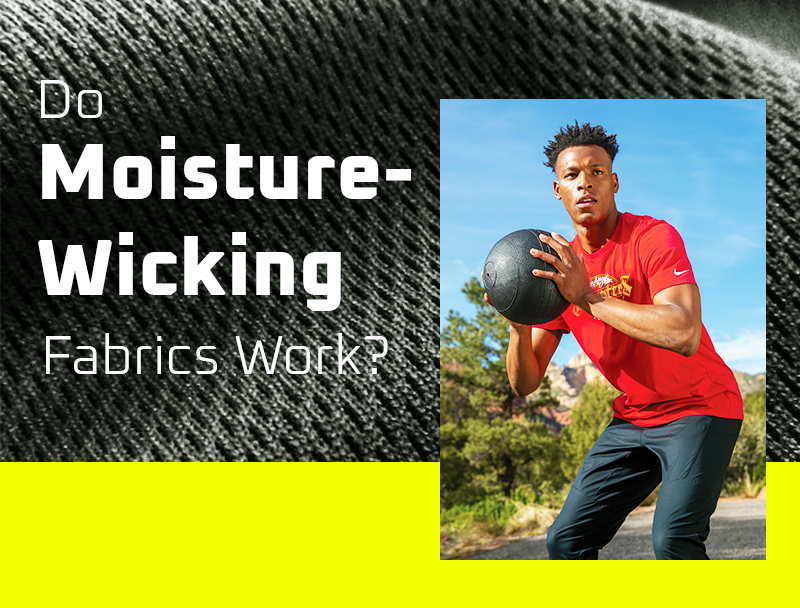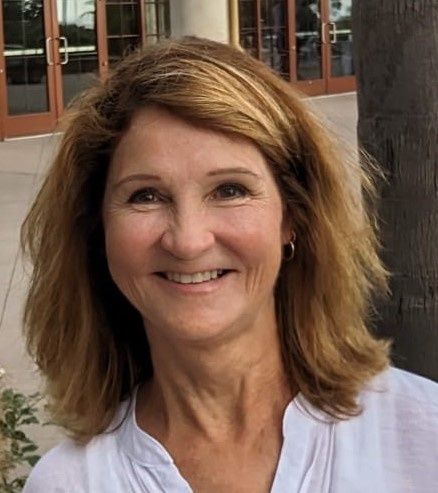Are moisture-wicking fabrics all they are hyped up to be? Three fitness enthusiasts and one outdoor worker take the test.
Updated July 17, 2024
Chances are, you’ve heard some hype about moisture-wicking fabrics. Often used to make athletic apparel, workout-wear, beach wear, and business polo shirts, manufacturers claim these performance fabrics can help keep you dry and comfortable by wicking away sweat. But can fabric really do that?
The quick answer is yes. BUT not all moisture wicking fabrics are alike. Here’s the scoop:
- Most wicking fabrics are made from synthetic fabric, such polyester, nylon, or a polyester blend. Polyester can only hold a small amount of moisture (.4 percent) compared to cotton, which can hold up to 7 percent.
- Unlike old-fashion polyester (and first-generation moisture wicking fabrics), new wicking blends are woven into a high-tech pattern that forces moisture through gaps in the weave up to the material’s outer shell, where it evaporates much faster.
- Newer moisture wicking fabrics (such as those made by Nike, Badger Sports, Augusta, Bella+Canvas, Gildan and other top brands) also offer proprietary natural antibacterial protection to help inhibit fabric odor.
- First generation moisture wicking fabrics tended to hold sweat odors. (If you have older performance shirts that still smell after washing them, try adding a 1/2 cup vinegar inside the washing machine and washing them again. Still foul? Wash again with a cup of baking soda added to the load and hang them outside to dry.)
So, do moisture wicking fabrics work for everyday people? We asked a weekend bike-rider (Kurt), a daily outdoor runner (Tiff), an indoor cardio kickboxer (Toni), and a landscape designer (Ben) to do their thing in 100-percent cotton on one day and in a polyester-performance blend the next day. Here’s what they found:
- Kurt: I ride in cotton T-shirts most of the time, but when I did the comparison (I rode 10 miles on the same Des Moines trail each day) I felt like I sweat a lot more in the cotton than I did in the performance T-shirt. Kind of surprised me. I wasn’t expecting that much of a difference. The cotton shirt felt damp with sweat, the performance T felt dry.
- Tiff: I have been wearing performance fabrics for my daily Seattle runs for years, so it was little weird to go back to cotton. While the cotton was very comfortable when I started my run, by the end of my typical 5 miles, I was dripping and so was my shirt. The next day I did the same exact run in my performance T-shirt, and I felt and looked much dryer.
- Toni: Like Tiff, I stayed dryer in my performance capris and tank top than I did in a similar 100-percent cotton workout outfit. Gonna stick to performance fabrics from now on.
- Ben: I was installing a large landscape project in Phoenix with my team on both days. On day one, I wore a cotton polo. By the end of the day, I looked like I just stepped out of a shower with my clothes on. On day two, I wore the performance polo, and while I still sweat, I still looked presentable to my clients, and I felt much more comfortable.
For a moisture-wicking fabric to work properly, it needs to be both sweat-wicking and breathable. Some fabrics (like cotton and linen) can be breathable, but they aren’t sweat wicking. The weave of a polyester fabric also makes a difference. A polyester running shirt usually features a knitted, mesh-like structure of yarns (think chain link fence). A polyester rain jacket, on the other hand, is made from a non-permeable weave (think canvas awning). When choosing moisture wicking wear for working or working out, read the manufacturer’s description and look for words like “dry-fit, sweat wicking, stay-dry, performance, antimicrobial, antibacterial, or fast drying.”


[…] Are moisture-wicking fabrics all they are hyped up to be? Three average athletes and one outdoor worker take the test. Chances are, you’ve heard some hype about moisture-wicking fabrics. Often used to make athletic apparel, workout-wear, and business polo shirts, manufacturers claim these performance fabrics can help keep you dry and comfortable by wicking away + Read More […]